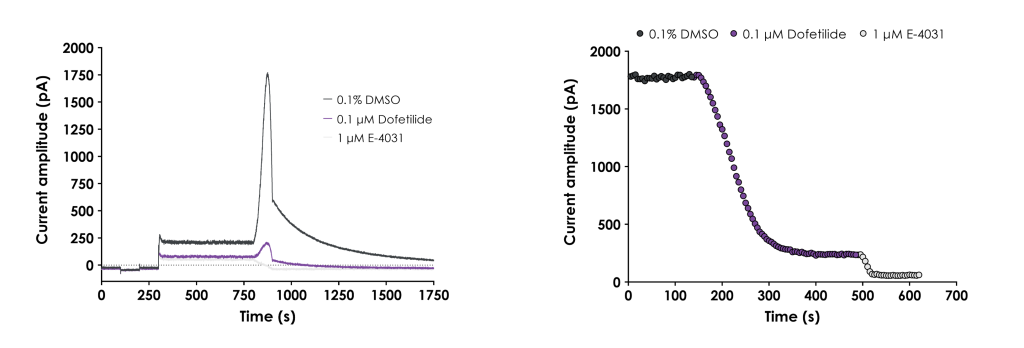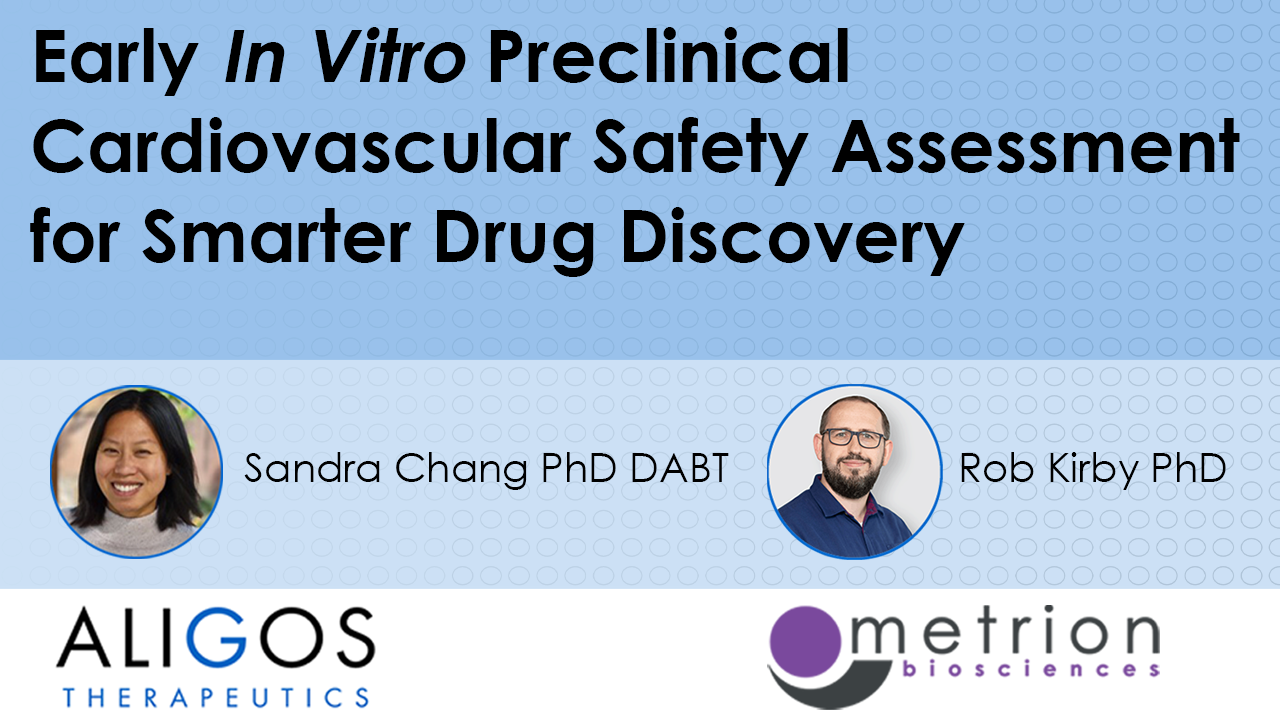We developed a high-throughput, electrophysiological assay of TREK-1 function to identify novel modulators. The assay was optimized to identify both activators and inhibitors, providing comprehensive mechanistic data for high value, limited supply screening libraries, such as the venom fraction library used in this study (Targeted Venom Discovery Array, T-VDA, Venomtech, UK).



